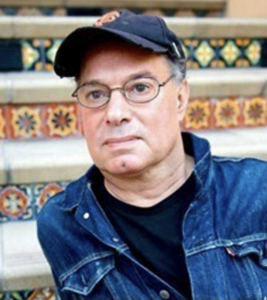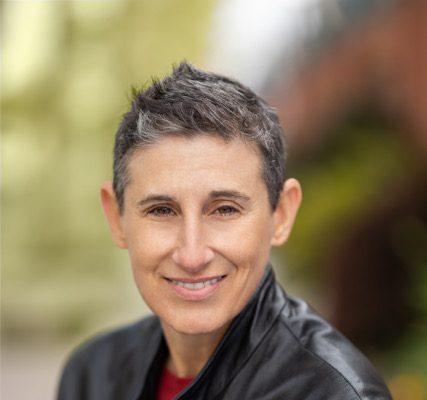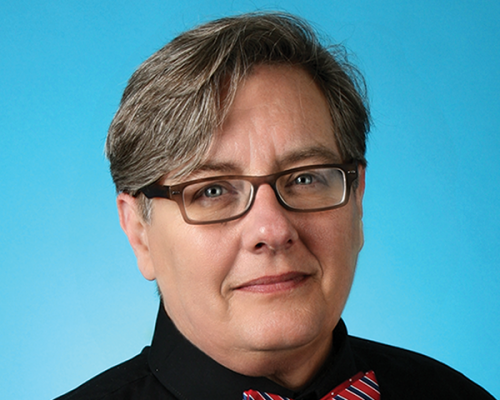
One reporter’s prostate cancer journey
by David-Elijah Nahmod
(David-Elijah Nahmod is a longtime contributor to the Bay Area Reporter, based in San Francisco. The following gust opinion column appeared in the August 14, 2024, issue of the newspaper and is reprinted here with permission.)

“We found some cancer,” said the doctor. My heart skipped a beat.
“Now don’t worry,” he continued. “The good news is that the cancer is Grade 1, the earliest stage. This stage is treatable.”
Well, that was a bit of a relief. But it’s still a shock to the system. It’s still cancer. I thought of all the relatives I’d had who had died of various types of cancer, especially my Uncle Joey, who had throat cancer. Uncle Joey was 38 when he died. He looked 80. Is that what was going to happen to me?
Mine is prostate cancer. A very common cancer among men in their 60s. I’m 68.
“One in eight men will develop prostate cancer in their lifetime,” said Dr. John Lee, the San Francisco oncologist who’s going to perform my radiation treatments. “However, 60 percent of the men diagnosed are over age 65 with the average age of diagnosis at age 67. Men under 40 have a very low rate of prostate cancer.”
I was told that I had three options. One was not to treat the illness and just have it observed. Grade 1 prostate cancer grows slowly; it would likely take years to spread. I could easily live 10-15 years without treatment, according to Dr. Mikhail Regelman, the urologist who diagnosed me. In 15 years I’d be 83. I immediately dismissed this option as I didn’t want to end up like Uncle Joey.
My second option was surgery — the removal of the prostate — and my third option was six weeks of radiation. I chose the latter because it’s painless, non-invasive, and requires no hospitalization. All I have to do is show up for the treatments every afternoon. Each treatment would take five minutes. Other than that I could live my life normally. Lee said that chances are 92 percent that I’d be cured after the radiation treatments.
I found out that I have the disease through a simple blood test, a PSA test, done through my primary care physician each year.
“The PSA blood test is a measure of the amount of prostate cancer,” said Lee. “Normal prostate tissue produces a low level of PSA, 1.5-2 for those under 40 and up to 4.0 when 65. The lower the number, the more likely those patients are cured. Conversely, the higher the number correlates with a worse outcome.”
My PSA level was 4.25, which meant there was a possibility of prostate cancer. My primary care doctor sent me to an urologist, who ordered a prostate MRI. The MRI showed a suspicious shadow on my prostate and so a biopsy was performed. The biopsy wasn’t fun. I was given a local anesthesia in my butt. The doctor then proceeded to cut off tiny pieces of my prostate to send to the lab. Even with the anesthesia this was painful, but it’s better to know and to get it treated.
So now, all I have to do is get through my radiation treatments five days a week Monday through Friday. My first treatment is August 22, and my last will be on October 1. As I face this, I feel a sense of obligation to share my story so I can tell other men ages 60 and over to get that PSA test every year. Remember, one man in eight will develop prostate cancer in their lifetime. If you’re the one, you want to catch it as early as possible. Catch it before it begins to spread and is still treatable. Catch it before it begins to impact your health.
(For more information about prostate cancer, see the Centers for Disease Control and Prevention website at cdc.gov/prostate-cancer/about/index.html.)
GUEST COMMENTARY
Volume 26
Issue 7








